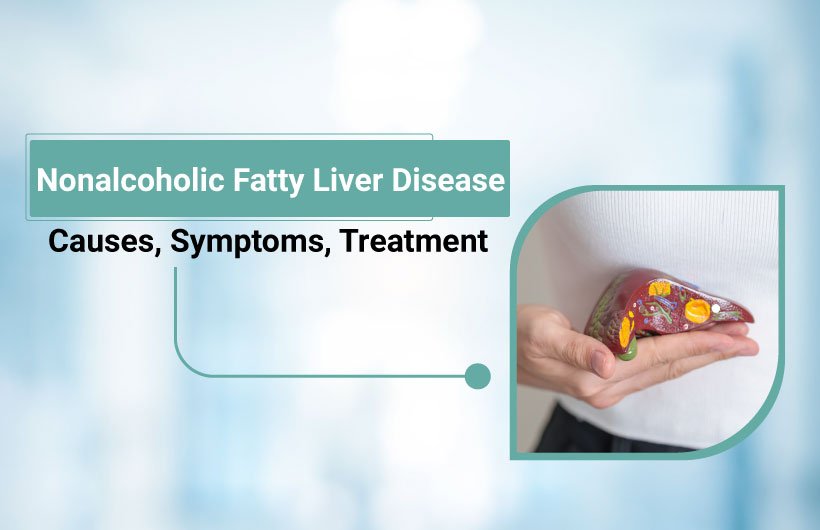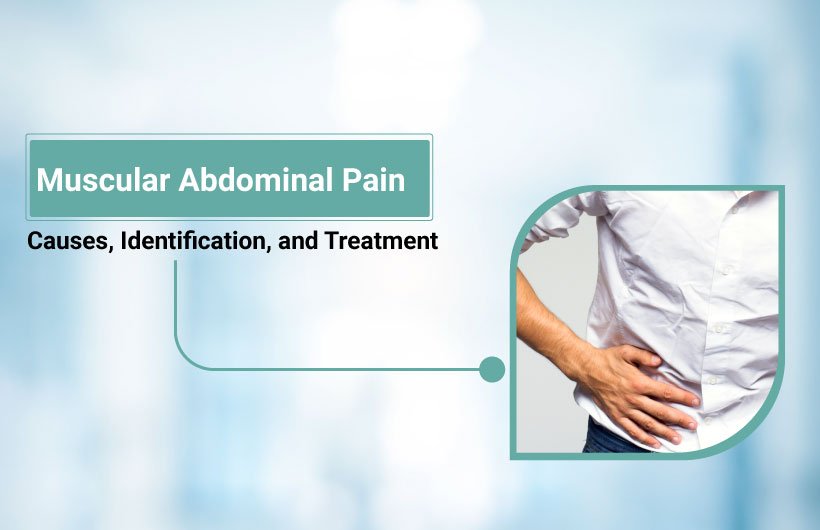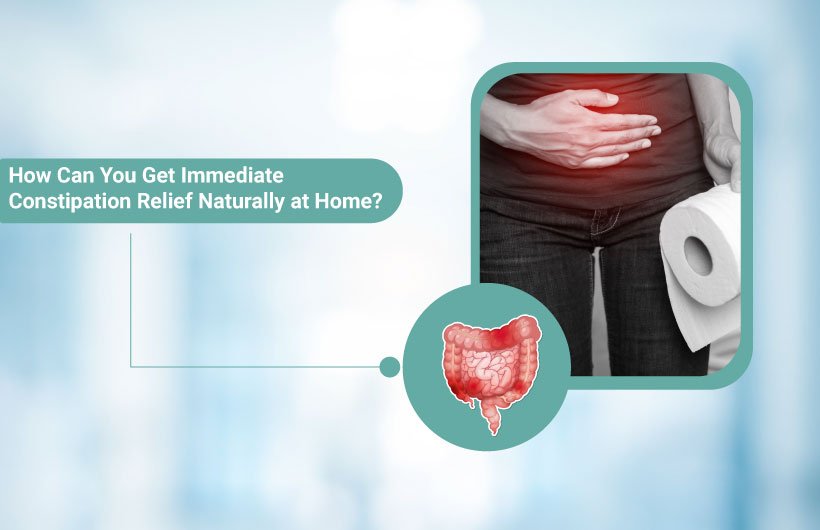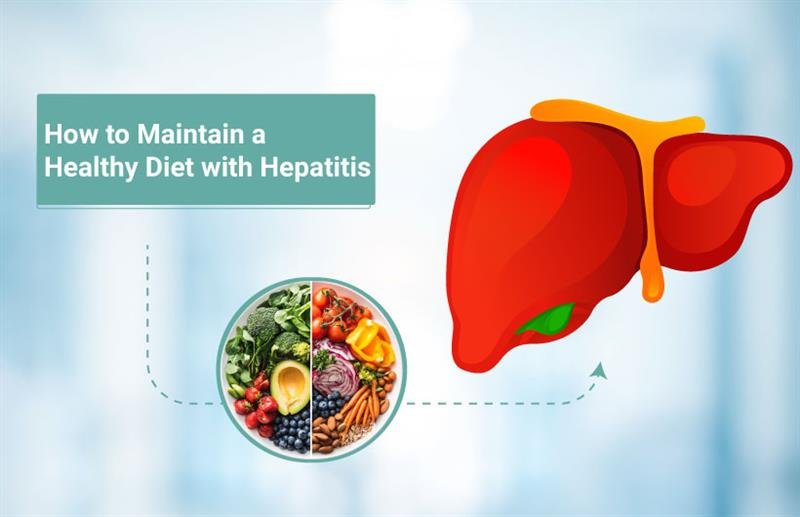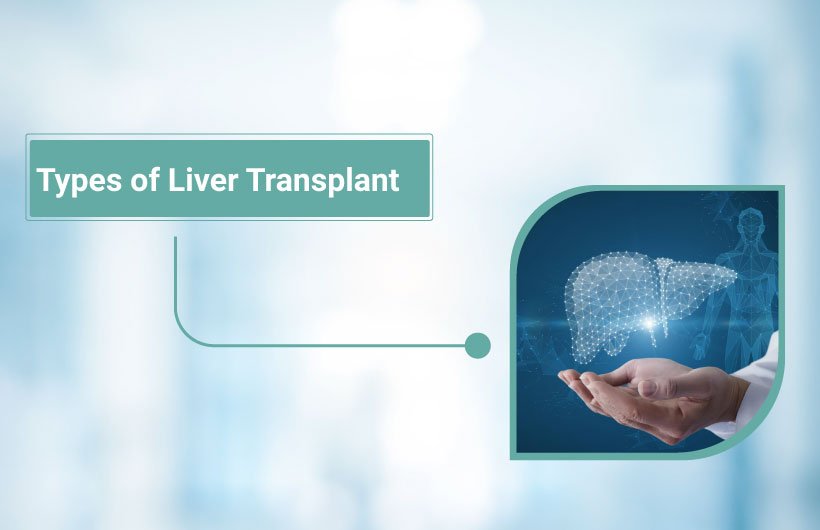In today’s fast-paced lifestyle, liver problems are becoming increasingly common, even among people who don’t drink alcohol. One such condition is nonalcoholic fatty liver disease (NAFLD), a silent but serious liver disorder that affects millions worldwide. It develops when excess fat builds up in liver cells, not because of alcohol, but due to metabolic or lifestyle factors. If left untreated, it can progress to a more severe form known as nonalcoholic steatohepatitis (NASH), which can eventually lead to liver damage or cirrhosis.
As Dr. Varun Bajaj, an experienced liver specialist in Ahmedabad, often explains, early detection and lifestyle management play a key role in preventing complications from NAFLD. Let’s understand this condition in detail, its causes, symptoms, and available treatment options.
What is Nonalcoholic Fatty Liver Disease (NAFLD)?
Nonalcoholic fatty liver disease (NAFLD) is a condition where fat accumulates in the liver of people who consume little or no alcohol. Normally, the liver helps process nutrients and remove toxins from the body. However, when too much fat builds up in liver cells (more than 5–10% of the liver’s weight), it starts interfering with normal liver function.
NAFLD is an umbrella term that includes two main types:
- Simple Fatty Liver (Steatosis):
This is the early and milder form of NAFLD. The liver contains fat, but there’s little or no inflammation or liver cell damage. It usually doesn’t cause serious harm and can often be reversed with lifestyle changes. - Nonalcoholic Steatohepatitis (NASH):
This is a more severe form where fat buildup is accompanied by inflammation and liver cell injury. Over time, NASH can lead to scarring (fibrosis), cirrhosis, and even liver cancer if not managed properly.
According to Dr. Varun Bajaj, understanding whether a person has simple fatty liver or NASH is crucial, as the latter requires more careful monitoring and medical intervention.
What Causes Nonalcoholic Fatty Liver Disease?
The exact cause of NAFLD isn’t completely understood, but it’s strongly linked to metabolic conditions and unhealthy lifestyle habits. Several factors increase the risk of developing fatty liver disease:
- Obesity: Being overweight or obese is the most common cause. Excess fat in the body increases fat storage in the liver.
- Type 2 Diabetes and Insulin Resistance: When your body doesn’t respond properly to insulin, it can cause fat accumulation in liver cells.
- High Cholesterol and Triglycerides: Elevated levels of these fats in the blood increase the risk of NAFLD.
- Poor Diet: Consuming sugary drinks, fried foods, and refined carbohydrates contributes to liver fat buildup.
- Sedentary Lifestyle: Lack of physical activity slows down metabolism, promoting fat storage.
- Genetics: Family history of fatty liver or diabetes can increase susceptibility.
- Sleep Apnea: People with sleep apnea are more prone to NAFLD due to oxygen imbalance.
- Polycystic Ovary Syndrome (PCOS): Hormonal imbalance in women with PCOS is often linked to fatty liver.
Even people who appear healthy or have a normal body weight (lean NAFLD) can develop the condition if they have poor dietary habits or metabolic imbalances.
What are the Symptoms of Nonalcoholic Fatty Liver Disease?
One of the biggest challenges with NAFLD is that it often causes no symptoms in the early stages. Many people discover it incidentally during routine health check-ups or imaging tests for other reasons.
When symptoms do appear, they may include:
- Persistent fatigue or low energy levels
- Mild pain or discomfort in the upper right abdomen
- Unexplained weight loss
- Weakness and general malaise
- Enlarged liver (hepatomegaly) detected during a physical exam
As the disease progresses to nonalcoholic steatohepatitis (NASH) or cirrhosis, more serious symptoms can appear:
- Yellowing of the skin and eyes (jaundice)
- Swelling in the abdomen (ascites) or legs
- Easy bruising or bleeding
- Confusion or difficulty concentrating (due to toxin buildup)
If you experience any of these warning signs, it’s important to consult a liver specialist in Ahmedabad, such as Dr. Varun Bajaj, for proper diagnosis and management before the condition worsens.
How is Nonalcoholic Fatty Liver Disease Diagnosed?
Since NAFLD usually has no early symptoms, diagnosis often relies on medical evaluation and tests. Your doctor may recommend:
- Blood Tests: To check liver enzyme levels (ALT, AST). Elevated enzymes may indicate liver inflammation.
- Ultrasound or MRI: Imaging helps detect fat accumulation in the liver.
- FibroScan or Elastography: A specialised scan that measures liver stiffness and detects scarring.
- Liver Biopsy: In certain cases, a small tissue sample is taken to determine the extent of liver damage and differentiate between simple fatty liver and NASH.
Early diagnosis helps prevent the progression of advanced liver disease and allows timely intervention.
What is the Best Treatment for NAFLD and NASH?
Currently, there are no specific medications approved to treat nonalcoholic fatty liver disease directly. However, the good news is that NAFLD can often be reversed through lifestyle changes. Treatment focuses on addressing the underlying causes and preventing further liver damage.
- Weight Management:
Losing 7–10% of your body weight can significantly reduce liver fat, inflammation, and scarring. A combination of diet and regular exercise is key. - Healthy Diet:
-
- Eat a balanced diet rich in vegetables, fruits, whole grains, and lean proteins.
- Avoid sugary beverages, processed foods, and saturated fats.
- Reduce salt intake and opt for unsaturated fats like olive oil and nuts.
- Limit red meat and refined carbohydrates.
- Regular Exercise:
Aim for at least 30 minutes of moderate physical activity (like brisk walking or cycling) five days a week. Exercise helps improve insulin sensitivity and reduces fat buildup in the liver. - Manage Diabetes and Cholesterol:
If you have diabetes or high cholesterol, keeping them under control with medications and diet helps slow disease progression. - Avoid Alcohol and Unnecessary Medications:
Even small amounts of alcohol can worsen liver inflammation in people with NAFLD. Also, avoid over-the-counter painkillers or herbal supplements without consulting your doctor. - Medical Monitoring:
People with NASH or advanced fibrosis need regular follow-ups, liver function tests, and imaging to monitor progression.
Can Nonalcoholic Fatty Liver Disease Be Prevented?
Yes, NAFLD is largely preventable with a healthy lifestyle. You can reduce your risk by:
- Maintaining a healthy weight
- Following a balanced diet
- Staying physically active
- Avoiding excessive sugar and processed foods
- Regularly checking liver health if you have diabetes or high cholesterol
Preventive care and early screening are especially important if you have a family history of liver disease.
Conclusion
Nonalcoholic fatty liver disease (NAFLD) is becoming increasingly common due to unhealthy lifestyle habits, but the good news is that it can often be reversed with timely action. Understanding the difference between NAFLD and nonalcoholic steatohepatitis (NASH) is crucial, as the latter requires careful medical supervision.
If you’re experiencing symptoms like fatigue, abdominal discomfort, or have risk factors such as obesity or diabetes, it’s best to consult an expert. Dr. Varun Bajaj, a leading liver specialist in Ahmedabad, can help diagnose the condition accurately and guide you with a personalised treatment plan to restore your liver health naturally.
Taking care of your liver today can protect you from serious complications tomorrow make your liver health a priority

